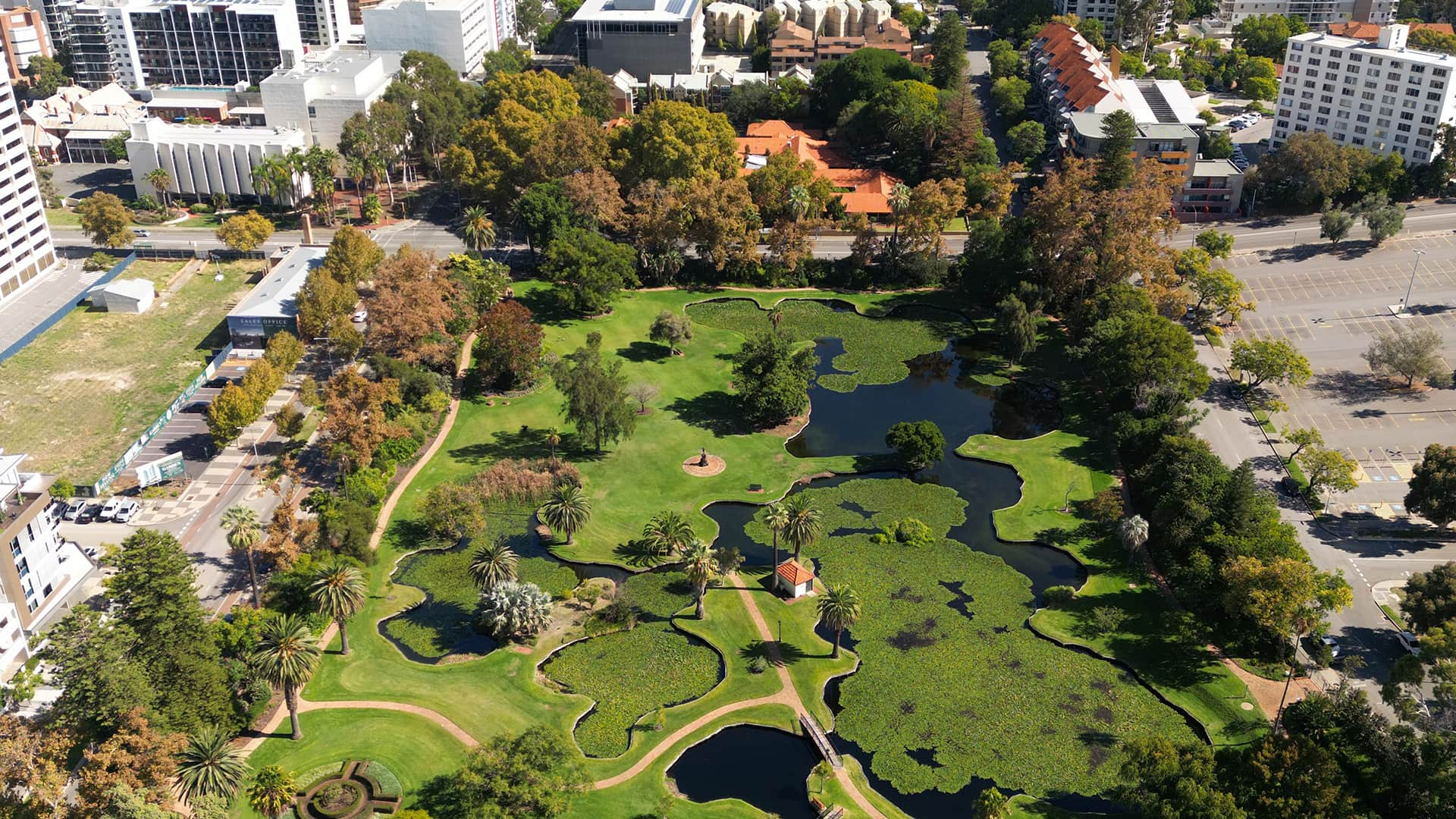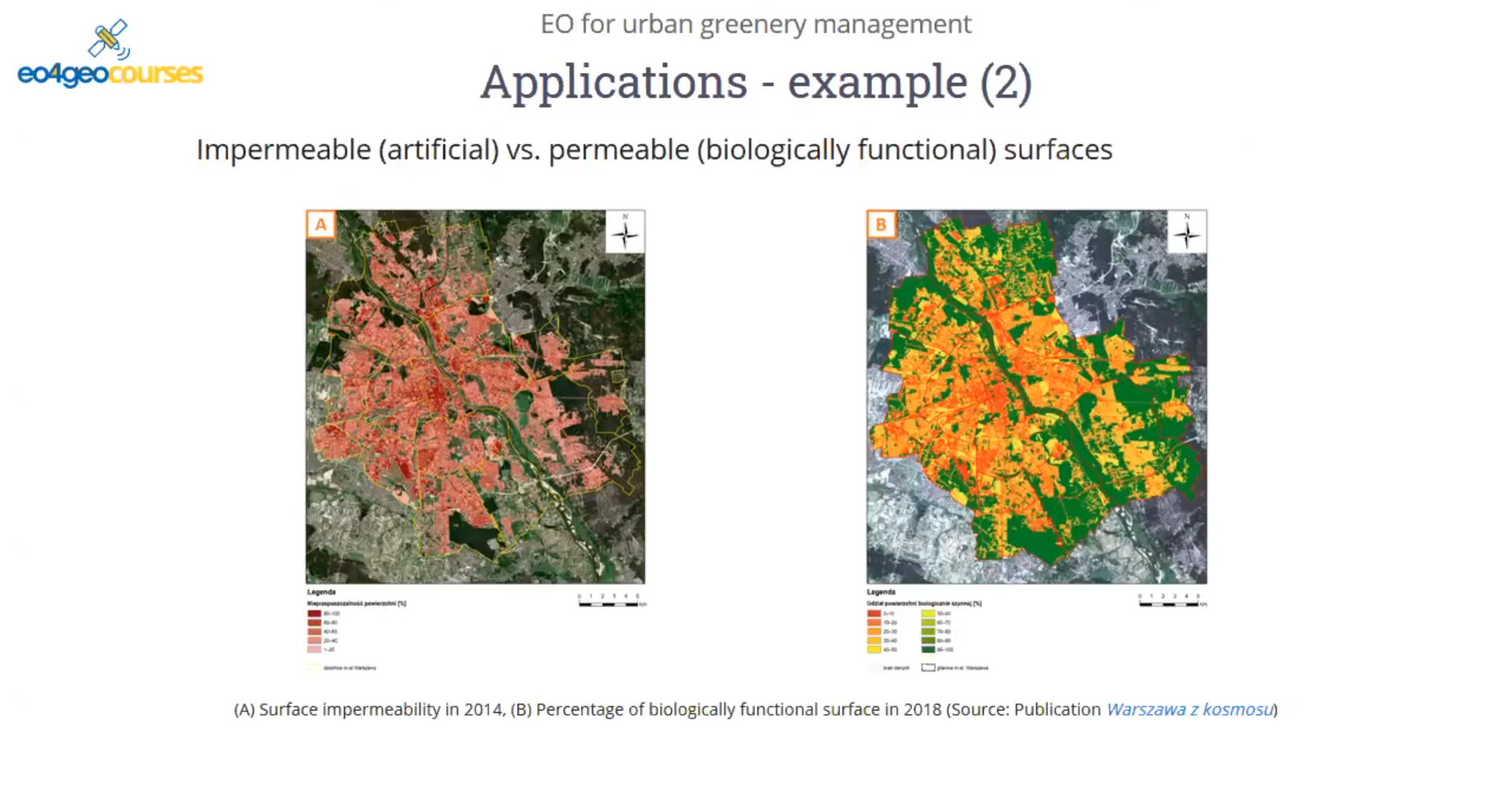Urban Green and Open Spaces
EO Capability Benefits
Green spaces play a crucial role in nature-based solutions (NBS) that help cities achieve climate resilience and enhance liveability. Earth Observation (EO) data can help ensure equal access to essential services for all residents to support inclusivity. This includes not only the environmental and recreational benefits provided by green spaces, but also critical services like healthcare, education, and transportation. The integration of urban green areas analytics into broader urban planning strategies highlights disparities in access to vital services, guiding interventions and urban planning.
EO Capability Description
Urban Green Analytics focus on identifying and classifying urban green areas and non-green open spaces, such as parks and public squares. Identifying the quantity, extent, and location of available green spaces highlights imbalances in green areas availability across different neighbourhoods. Secondary non-EO data is needed to determine whether a green or impervious non-green area is private or public and thus truly accessible to all residents.
Availability of Urban Green Areas examines how green spaces are distributed within each district. It measures the amount of greenery in relation to the overall urban area or on a per-person basis. This helps us understand the overall patterns of green space across the city, identifying areas with plenty of greenery (“hot” spots) and those with little or none (“cold” spots). This information helps identify where green spaces are plentiful and where improvements are needed.
Accessibility of Urban Green Areas looks at how many green spaces are within a 15–20-minute walk from homes. By considering a 400-meter distance as a general walking range, it is possible to assess how easily people can reach these green areas. This straightforward method provides insights into which neighbourhoods have good access to parks and green spaces, highlighting areas that may need more investment to improve accessibility.
Inclusivity of Urban Green Areas goes beyond just measuring green spaces; it also examines whether all residents have equal access to the benefits they offer. Calculating the average amount of green area available within walking distance from homes helps estimate how well the advantages of urban greenery are shared among different communities.



